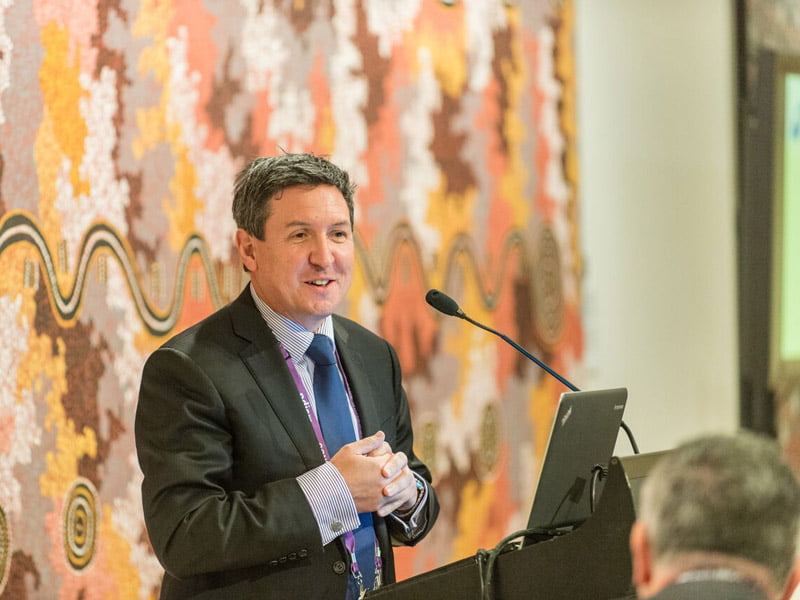If work isn’t the cornerstone of our society, then why so much focus on the jobs of the future and the impact of the digital economy? Labour mobility is a characteristic of a modern, thriving economy. Jobs can attract people to a community; liveability makes them stay.
Bill Clinton’s famous slogan from the 1992 US presidential election, “It’s the economy, stupid,” is a poignant reminder that sustainability within our communities is contingent on a level of economic activity.
Jobs and liveability go hand-in-hand. Economic activity within a community underpins investment in social capital related initiatives. Strong social capital is a stabiliser to the negatives effects of economic cycles.

The flow-on effects of improving liveability and economic activity can trigger a virtuous circle effect leading to sustainable communities.
On the other side of the coin, if economic activity slows (that is, jobs disappear), investment in liveability may decline and put community sustainability at risk.
Communities often have limited capacity to influence the macro economic issues which determine labour markets and attract jobs.
However, they have a level of control over liveability factors such as open space, public safety and recreational activities.
In periods of economic slowdown, the focus on social capital related initiatives contributes to resilience thereby increasing capacity to influence economic activity.
The new economy is putting a spotlight on the concept of tradable and non-tradable jobs as explained by Enrico Moretti in his book, ‘The New Geography of Jobs.’ A tradable job creates goods or services which can be exported to other regions, e.g. knowledge or manufacturing jobs.
Non-tradable jobs are usually the local jobs which support people in the tradable jobs, for example retail, health services and education.
According to Moretti, “a healthy traded sector benefits the local economy directly, as it generates well-paid jobs, and indirectly, as it creates additional jobs in the non-traded sector.”
At the macro level, attracting traditional tradable industries such as manufacturing is beyond the reach of many communities. While communities may offer incentives to attract investment, it comes with risk.
However, the new economy provides opportunities to attract or upskill to a new class of tradable jobs at a lower investment risk – the knowledge workers. Knowledge workers have higher average incomes, are mobile and well-educated with a life perspective beyond the community they live in.
When clustered within communities with other knowledge workers there is potential to engage and leverage existing social capital assets of the community to enable innovation, leading to new jobs with higher levels of job satisfaction.
Increasing the pool of knowledge workers within a community lifts demand for local services in the non-tradeable sector – the multiplier effect.
Knowledge workers by virtue of their mobility, have opportunity to exercise choice in where they live. Communities can leverage liveability factors to retain newly upskilled workers and attract new knowledge workers.
A three-year study (2010-12) conducted by Gallup and the Knight Foundation of 26 communities across the United States, ‘The Knight Soul of the Community,’ examined the factors that attach residents to their communities and the role of community attachment in an area’s economic growth and well-being.
This study revealed three dominant factors – aesthetics, openness and social offerings.
Kick-starting a virtuous circle of growth in employment and liveability is contingent upon a rich source of data and the capability to turn data into information for business insight.
Information informs community leaders in making targeted investment decisions addressing social capital factors proven to have a positive impact on tradable job prospects.
Community leaders face a unique challenge; the levers they have most control over are not necessarily the most direct in terms of creating jobs.
However, the liveability levers they do control can have a significant impact on creating the environmental conditions for innovation amongst knowledge workers.
The economic value created will empower communities to invest further in social capital initiatives.
Brian Lee-Archer is the global director for the SAP Institute for Digital Government, and a keynote speaker at the Intelligent Communities Forum in Melbourne on March 16, sponsored by SAP.
Do you know more? Contact James Riley via Email.
